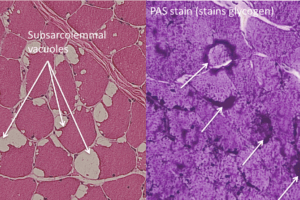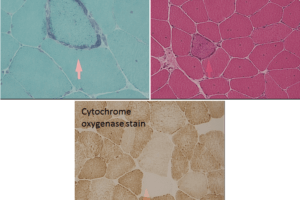Polymyalgia rheumatica (PMR) is considered a rheumatic disease even though its etiology is undetermined. It is a syndrome characterized by severe pain in the proximal muscle groups, i.e. the neck, shoulder girdle, and pelvic girdle.
Surprisingly, muscle biopsy, strength, and electromyographic findings are normal. PMR is closely linked to giant cell arteritis (temporal arteritis), but the two are considered to be separate disease entities.
A typical history includes symmetrical pain that is worse in the mornings, stiffness after prolonged inactivity, low grade fever, weight loss, fatigue, depression, and an abrupt onset of symptoms.
Physical examination is usually unremarkable. There may be some mild muscle tenderness and decreased active range of motion secondary to pain. As in giant cell arteritis, the ESR is elevated in patients with PMR. However, since as many as 20 percent of patients with PMR may have a normal ESR, diagnosis is usually based on symptoms a rapid response to a corticosteroid given in a low dosage. Where high dosages (40 to 60 mg per day of prednisone) are required for treatment of giant cell arteritis, low dosages (10 to 20 mg per day of prednisone) suffice for treatment of PMR. This disease is not typically associated with long term complications—unless accompanied by giant cell arteritis. In that case, since these two diseases are considered as separate, the complications are technically secondary to the giant cell arteritis. If left untreated, however, patients are typically miserable even though their survival is similar to that in unaffected population.
The disease may go on as long as three years. Exacerbations are not uncommon because of a steroid taper that is too rapid. Even after quiescent periods, relapse is not uncommon.



